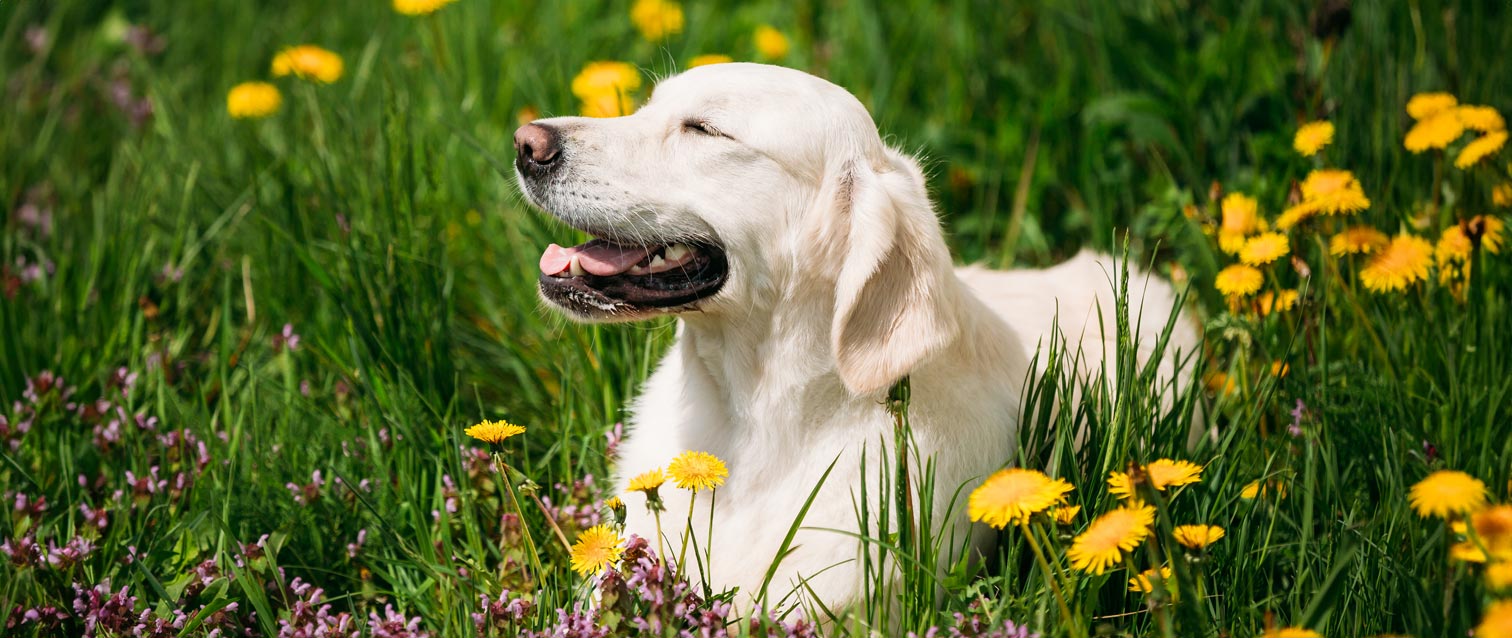
5 Remarkable Ways Dogs Ease Stress
Our furry companions have a remarkable way of communicating, often using signals that might seem puzzling to us humans. These signals, rooted in canine instincts, serve as effective coping mechanisms for our four-legged friends. While we sometimes interpret them through our own emotions, it's essential to understand their unique language. By delving into their world, we uncover five incredible ways dogs manage stress and maintain their inner balance. Let's journey together to unveil the fascinating ways dogs de-stress and connect with them on a deeper level.
1. Play Bow: You've probably witnessed it—the front down, backside up posture, sometimes accompanied by a joyful tail wag or a charming butt wiggle. This playful pose is like a canine invitation to fun. But did you know that a still play bow holds a different message? It's a dog's way of conveying calmness, a gentle nudge to take a breath and unwind.
2. Sniffing: A dog's nose isn't just a powerful tool for exploration; it's also a clever confrontation deterrent. Watch closely during a walk—the shift from a confident, head-held-high stride to a lowered head and focused sniffing as another dog approaches. It's as if they're saying, "Let's keep the peace, just here to stroll."
3. Sitting: Ever wondered why dogs suddenly sit, even at seemingly random times? This seemingly ordinary action is actually a remarkable coping mechanism for overwhelming situations. By sitting and turning away, dogs regain control, momentarily disconnecting from the intensity around them.
4. The "Go-Between": Picture the dog park scene: two pals engaged in boisterous play, perhaps a bit too rowdy for comfort. Enter the "go-between" dog, calmly passing between them, acting as a mediator. This gentle interruption diffuses tension and echoes a sentiment of "Can't we all just get along?" Owners can apply a similar technique to manage playtime dynamics, using a calm approach to restore harmony.
5. Greet from the Side: Canine etiquette calls for a side-by-side approach when meeting fellow dogs. Forget face-to-face encounters—dogs prefer a friendly arc to initiate a sniff. Letting them dictate the pace fosters comfort and trust. As we introduce our furry companions, embracing their natural communication style enhances connection and harmony.
In conclusion, stepping into a dog's world means understanding their language—a symphony of signals that reveal their stress-relieving strategies. By embracing these five ways dogs navigate their emotions, we forge a stronger bond with our beloved companions. Let's strive to think like a dog, celebrating their unique communication and nurturing the heartfelt connection we share. After all, isn't seeing the world through their eyes what every dog lover aspires to?



